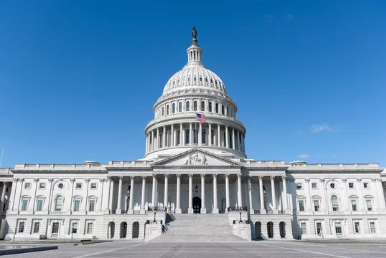The government has shut down for the first time since 2018. The shutdown is expected to last longer than the previous one, which lasted 34 days.
A government shutdown happens when there is not enough funding to keep it open and Democrats and Republicans reach an impasse when it comes to voting on a resolution to renew funding.
Although the calendar still says 2025, the government, as well as financial institutions, are in Fiscal Year 2026. This means that money must be allocated for these institutions to stay operational.
“Money is a conceptual idea,” an anonymous government employee said. “The government does not run out of money, but since it hasn’t been allocated we technically don’t have the money to work,” “Once [a continuing resolution] is passed in the House and Senate, we go right back to work.”
A need for a resolution originally arose in April and one was passed but it expired on Oct. 1. The new reason for the impasse is the Democrats’ desire for any new legislation to include extensions of premium subsidies from the Affordable Care Act.
Republicans don’t want this because their goal is to remove any spending deemed to be wasteful. They believe that these subsidies will help illegal immigrants and those who don’t pay taxes in America.
Both sides are still in disagreement. On the White House’s official website, there is a running clock underscored by the statement: “Democrats have shut down the Government.”
“Let me be clear: Republicans are in charge of the White House, House and Senate. This is their shutdown,” said former Vice President Kamala Harris in a post on X.
“Donald Trump and Republicans have now shut down the federal government because they do not want to protect the healthcare of the American people,” said Hakeem Jeffries and Sen. Chuck Schumer in a joint statement.
Government agencies will work through the week with whatever remaining money they have available. They will do normal tasks such as setting their “Out of Office” and making it known they will not be at work next week.
Employees in industries such as health care , energy and emergency services will continue to work, receiving their pay once the shutdown has concluded. Hundreds of thousands of others will be on unpaid, company mandated leave.
Immigration hearings, federal loans and other programs will be delayed or outright cancelled. The Trump administration has threatened mass layoffs in the wake of the shutdown.
While the House of Representatives is not in session, the Senate has convened in hopes of reaching a resolution. They will also meet Friday, Oct 3, and Saturday, Oct 4, to vote.















